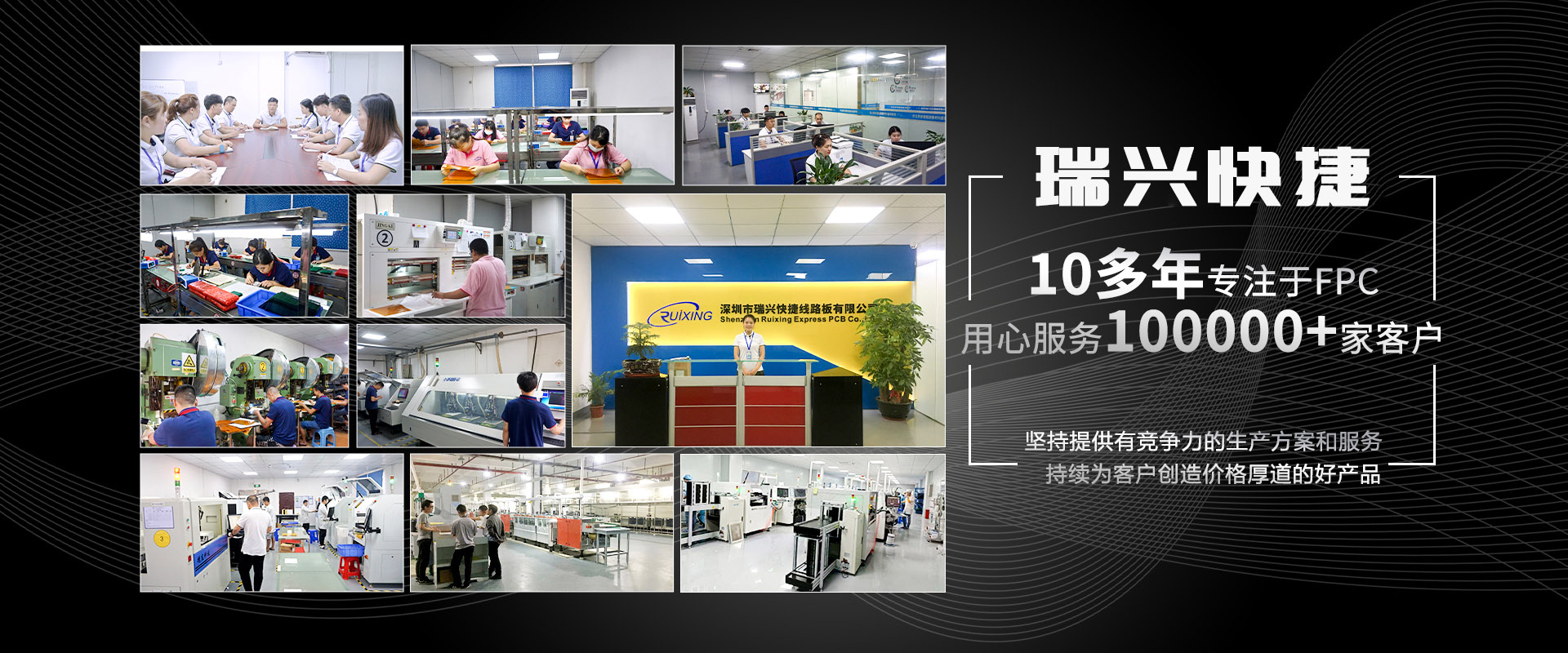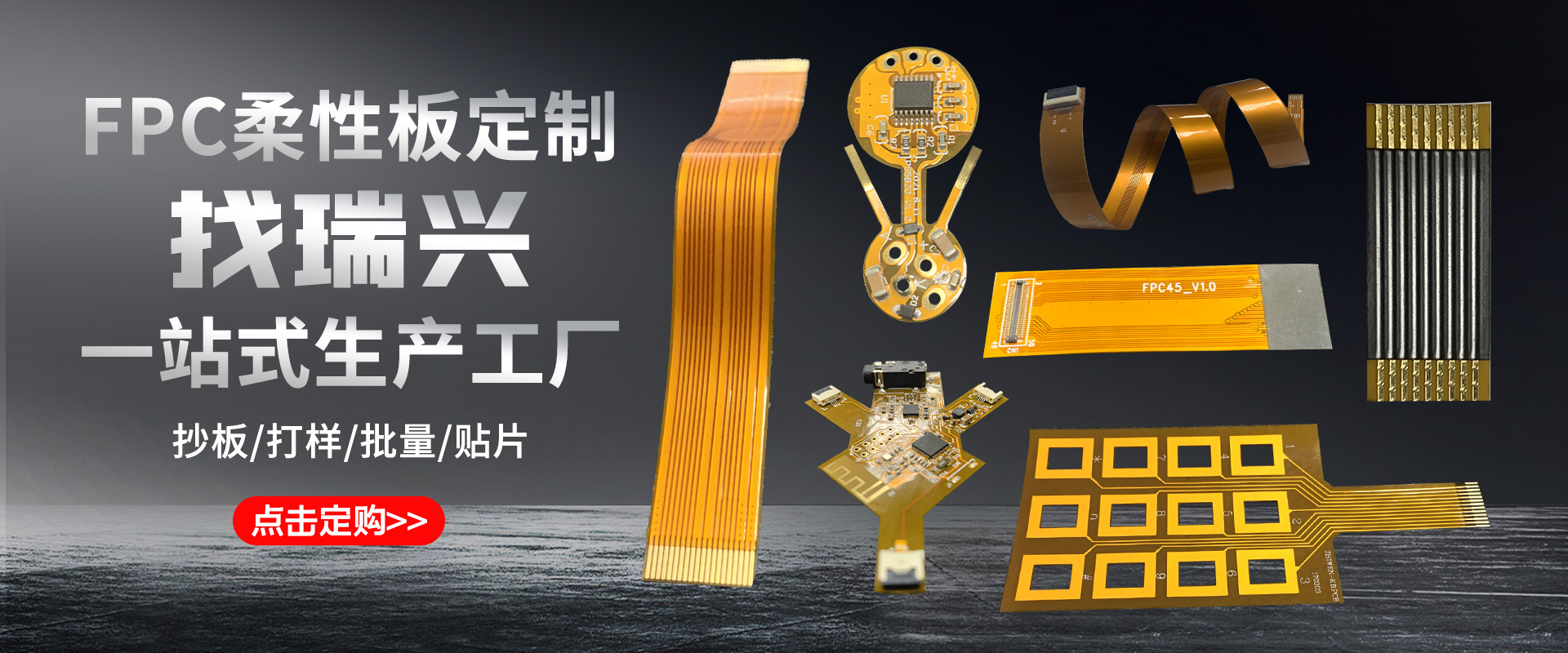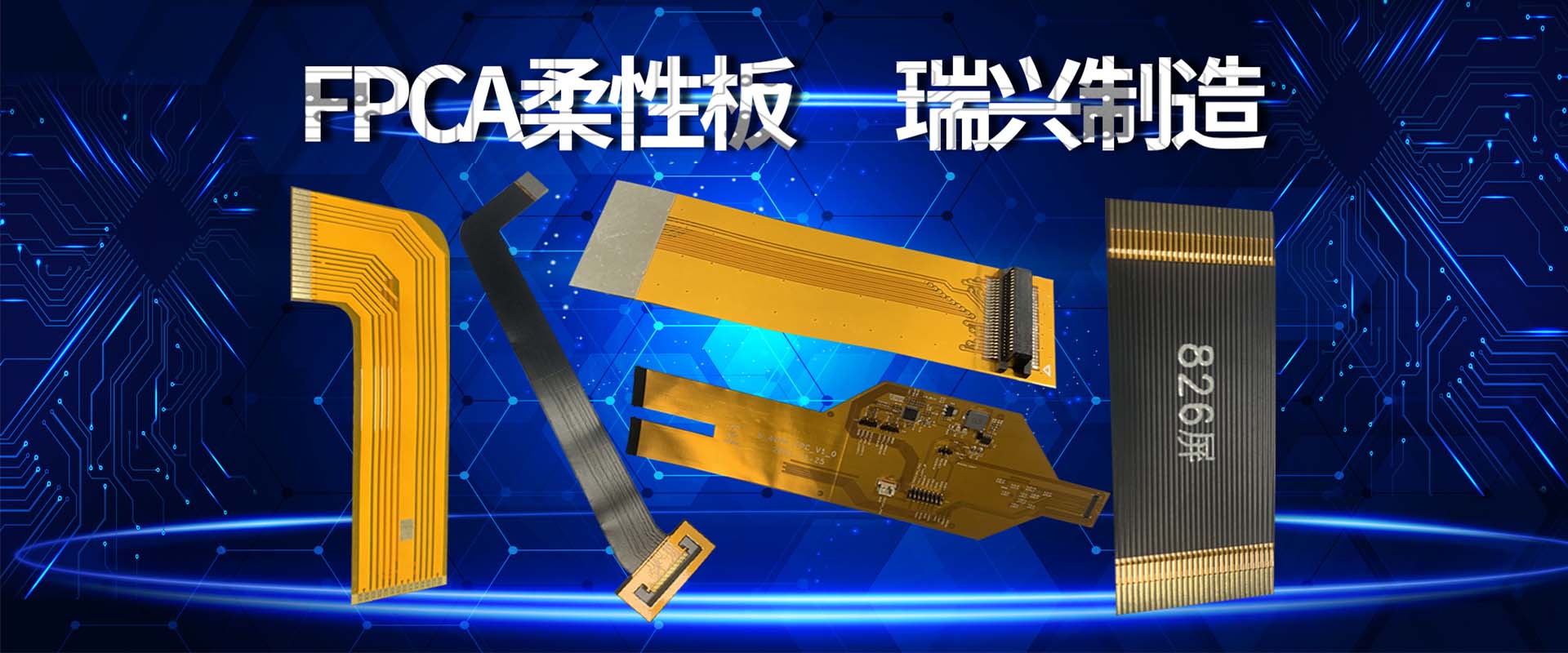
What is the difference between FPC and PCB in mobile phone FPC factories?
Future development
Based on the vast market of FPC in China, large enterprises from various countries and regions such as Japan, the United States, and Taiwan have already set up factories in China. By 2012, flexible circuit boards, like rigid circuit boards, had achieved great development. However, if a new product follows the rule of "start development * * decline elimination", FPC is now in the area between * * and decline. Before no product can replace flexible boards, in order for flexible boards to continue to occupy market share, innovation is necessary. Only innovation can make it break out of this cycle.
What aspects will FPC continue to innovate in the future?
1. Thickness. The thickness of FPC must be more flexible and thinner;
2. Folding resistance. Being able to bend is an inherent characteristic of FPC, and future FPC must have stronger bending resistance, exceeding 10000 times. Of course, this requires a better substrate;
3. Price. At present, the price of FPC is much higher than that of PCB. If the price of FPC drops, the market will definitely be much wider.
4. Process level. In order to meet various requirements, the FPC process must be upgraded, and the minimum aperture, minimum line width/line spacing must meet higher requirements.
Therefore, only by innovating, developing, and upgrading FPC from these four aspects can it usher in its second spring!
What is a PCB
PCB (Printed Circuit Board), also known as Printed Circuit Board (PCB) in Chinese, is one of the important components in the electronic industry. Almost every type of electronic device, from electronic watches and calculators to computers, communication electronic devices, military weapon systems, as long as there are electronic components such as integrated circuits, printed boards are used for electrical interconnection between them. In the research process of larger electronic products, the most basic success factors are the design, documentation, and manufacturing of the printed circuit board of the product. The design and manufacturing quality of printed boards directly affect the quality and cost of the entire product, and even lead to the success or failure of commercial competition.
The Role of PCB
The function of PCBs in electronic equipment is to use printed boards. Due to the consistency of similar printed boards, manual wiring errors are avoided, and electronic components can be automatically inserted or pasted, soldered, and inspected, ensuring the quality of electronic equipment, improving labor productivity, reducing costs, and facilitating maintenance.
Development of PCB
Printed boards have evolved from single-layer to double-sided, multi-layer, and flexible, and still maintain their respective development trends. Due to the continuous development towards high-precision, high-density, and high reliability, as well as the continuous reduction of volume, cost reduction, and performance improvement, printed boards still maintain strong vitality in the future development of electronic equipment engineering.
The discussion on the development trend of future printed circuit board production and manufacturing technology at home and abroad is basically consistent, that is, towards high-density, high-precision, fine aperture, fine wire, fine spacing, high reliability, multi-layer, high-speed transmission, lightweight, thin direction, while improving productivity, reducing costs, reducing pollution, and adapting to multi variety and small batch production. The technological development level of printed circuits is generally represented by the line width, aperture, and board thickness/aperture ratio on printed boards.







